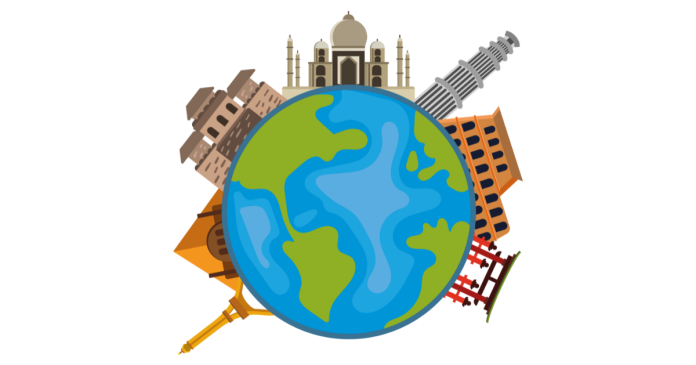The “Wonders of the World” concept has evolved, with various lists highlighting remarkable human-made structures and natural formations. As of 2025, the most recognized compilation is the New Seven Wonders of the World, determined through a global poll conducted by the New7Wonders Foundation in 2007. These wonders are celebrated for their historical significance, architectural brilliance, and cultural impact.
Here are the New Seven Wonders of the World:
Great Wall of China
Stretching over 13,000 miles, this ancient series of walls and fortifications was built to protect Chinese states against invasions. It stands as a testament to human ingenuity and perseverance.
Encyclopaedia Britannica
Chichén Itzá (Yucatán, Mexico)
A large pre-Columbian city built by the Maya civilization, it’s renowned for the Temple of Kukulcán, a step pyramid demonstrating the Maya’s astronomical expertise.
Petra (Ma’an, Jordan)
Also known as the Rose City, Petra is famed for its rock-cut architecture and water conduit system. It was the capital of the Nabatean Kingdom and is now a UNESCO World Heritage Site.
Machu Picchu (Cuzco Region, Peru)
An Incan citadel set high in the Andes Mountains, it’s known for its sophisticated dry-stone walls and panoramic views. Often referred to as the ‘Lost City of the Incas.’
Encyclopaedia Britannica
Christ the Redeemer (Rio de Janeiro, Brazil)
This 30-meter tall Art Deco statue of Jesus Christ atop Mount Corcovado overlooks Rio de Janeiro and symbolizes peace and openness.
Encyclopaedia Britannica
Colosseum (Rome, Italy)
An ancient amphitheater that hosted gladiatorial contests and public spectacles, reflecting the grandeur of the Roman Empire.
Encyclopaedia Britannica
Taj Mahal (Agra, India)
A white marble mausoleum commissioned by Mughal emperor Shah Jahan in memory of his wife Mumtaz Mahal, exemplifying Mughal architecture’s beauty.
Encyclopaedia Britannica
While these seven are officially recognized, some sources include an eighth wonder to acknowledge other extraordinary sites. One such site is Angkor Wat in Cambodia, the largest religious monument globally, known for its intricate carvings and expansive temple complex.
It’s important to note that the designation of wonders can vary based on criteria and cultural significance. The above list reflects widely acknowledged sites as of 2025.



